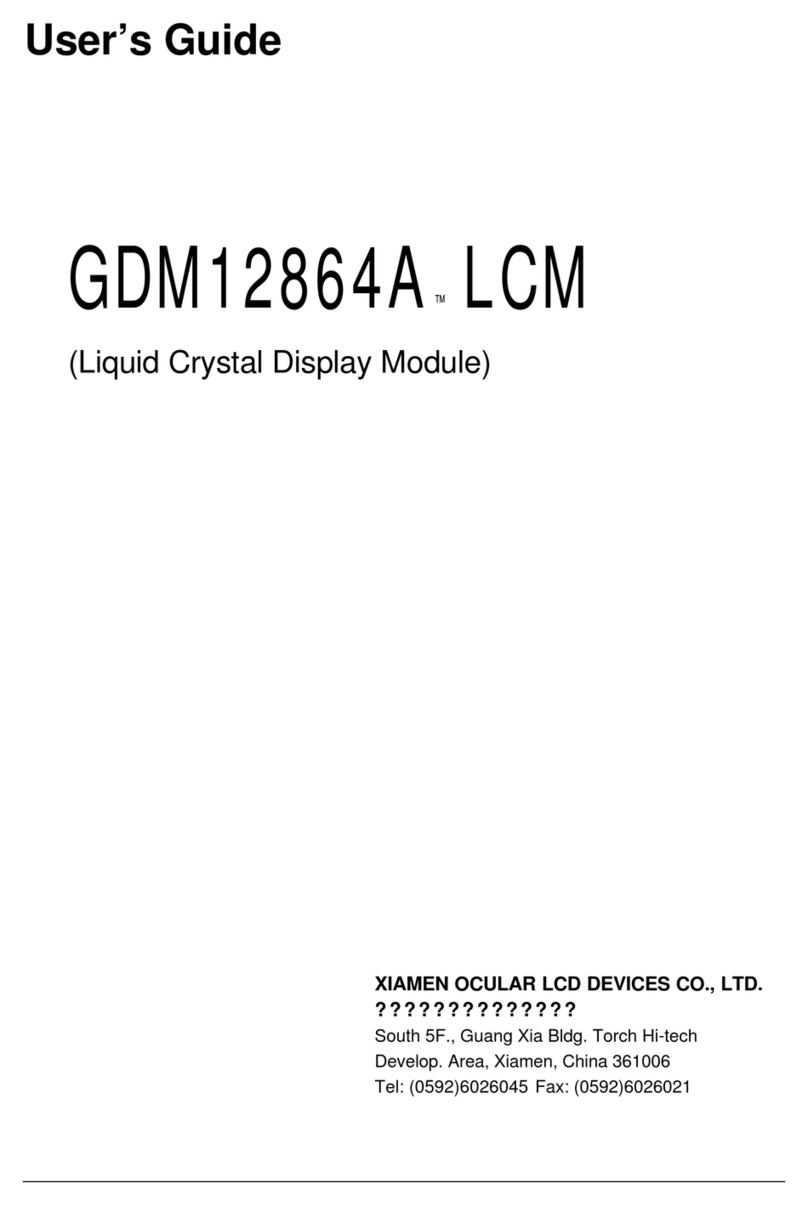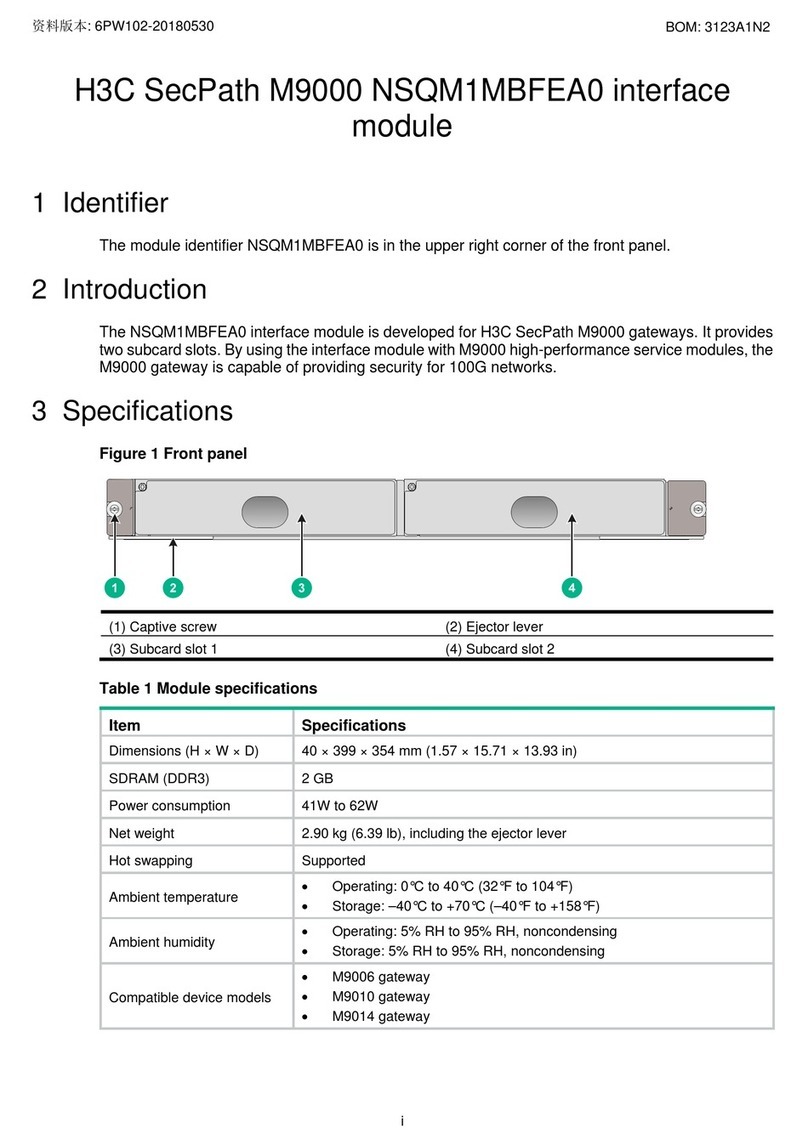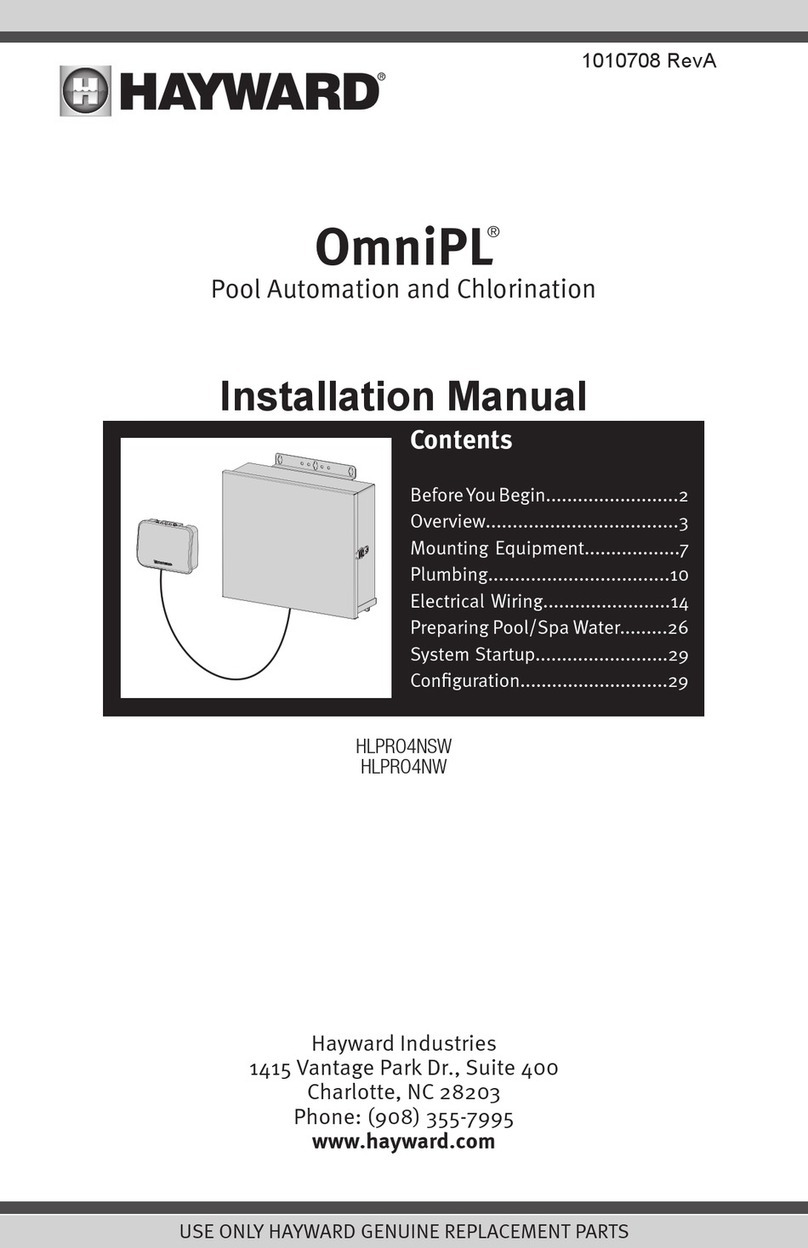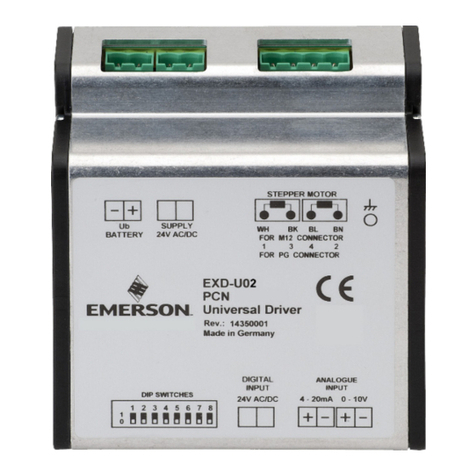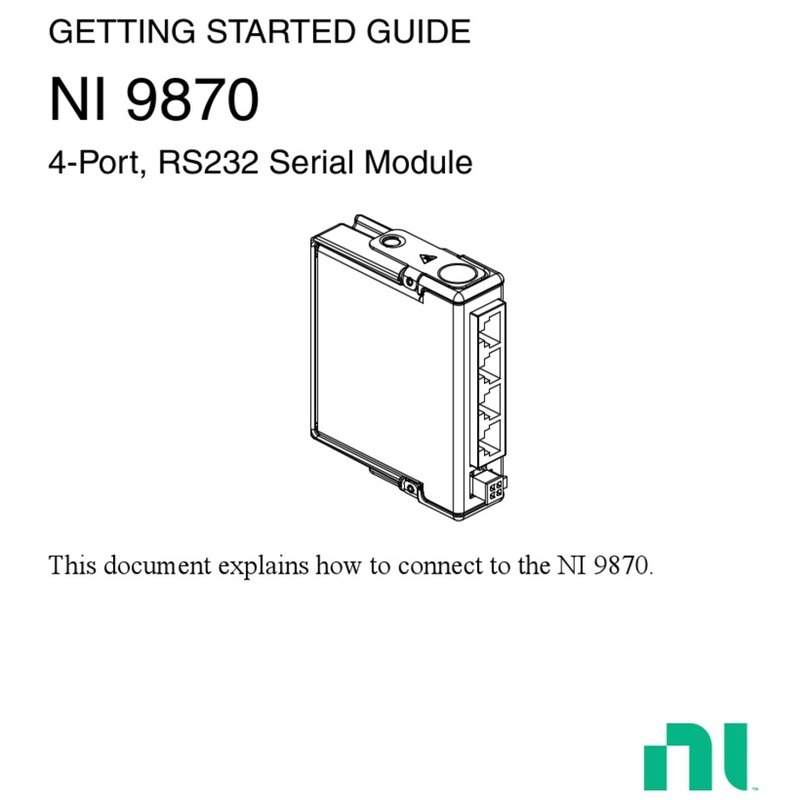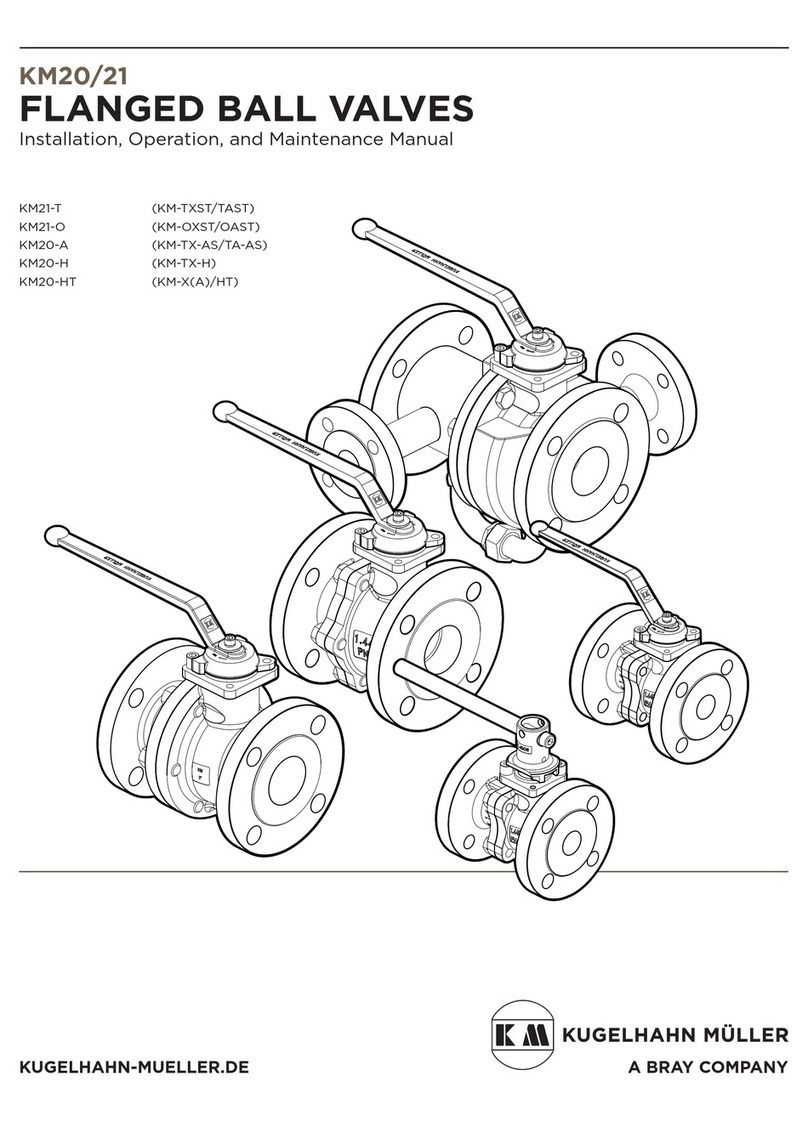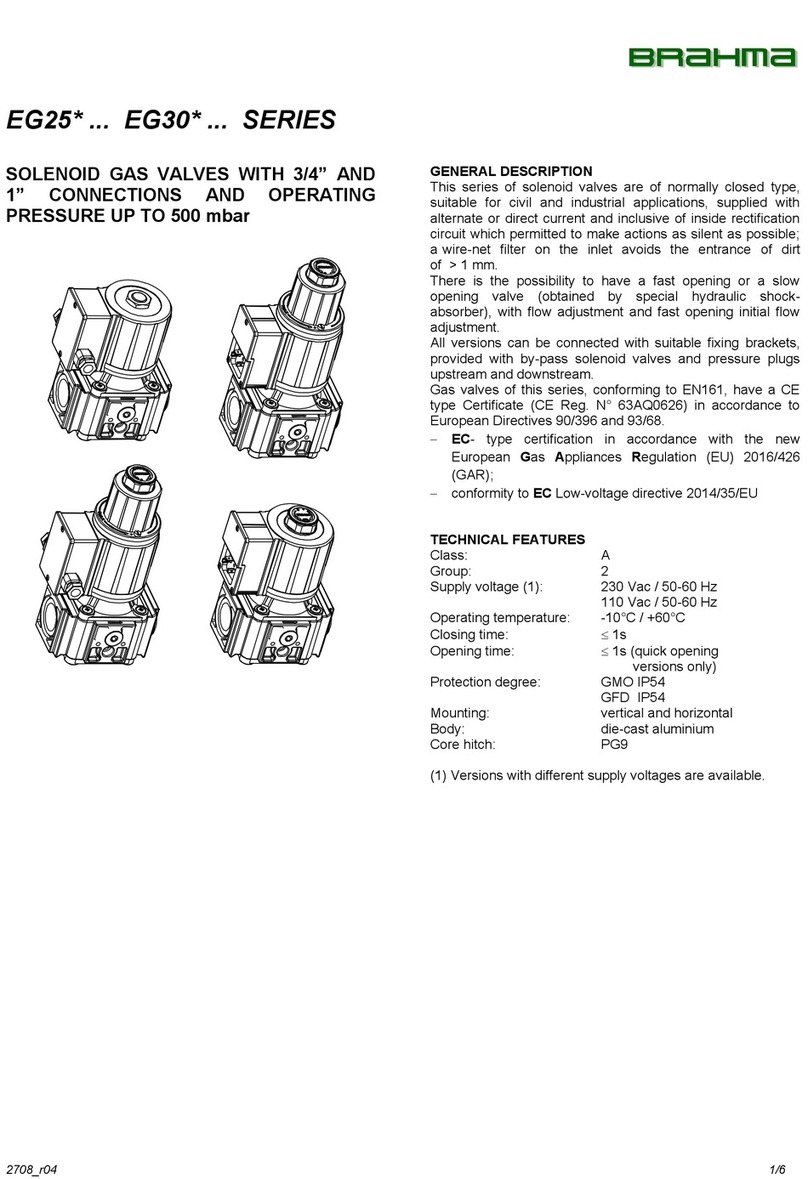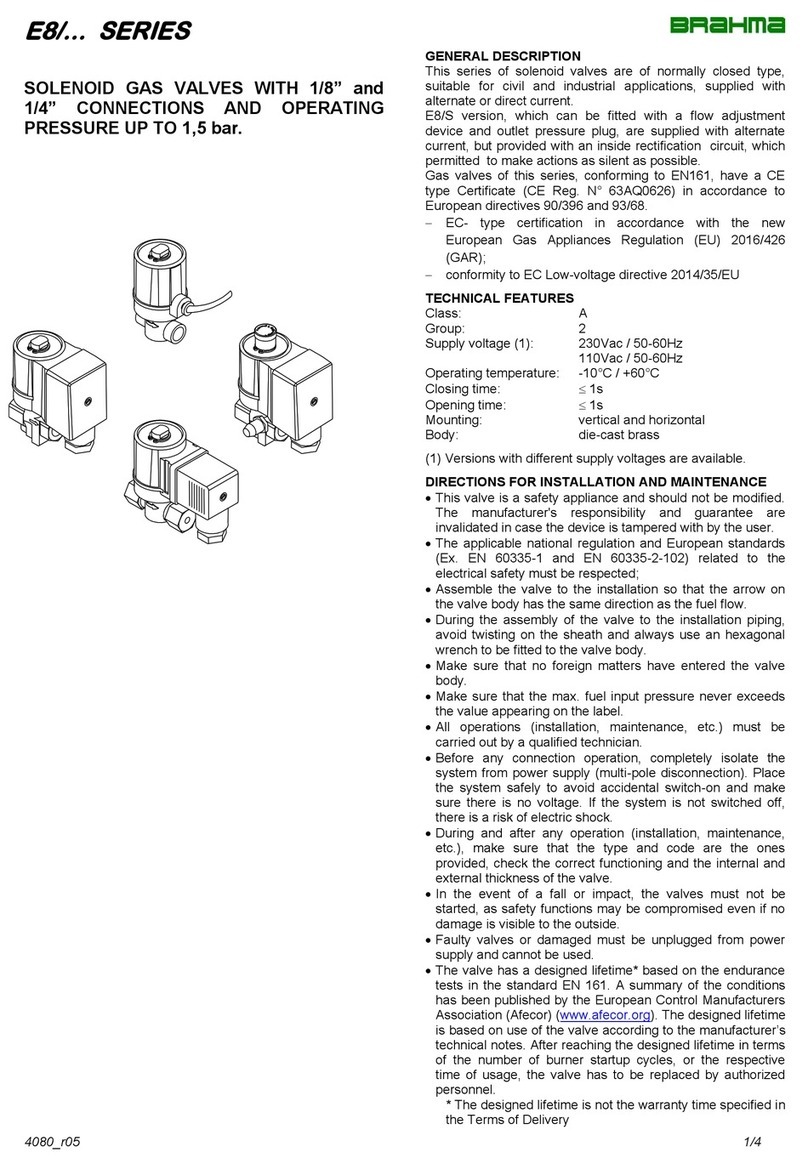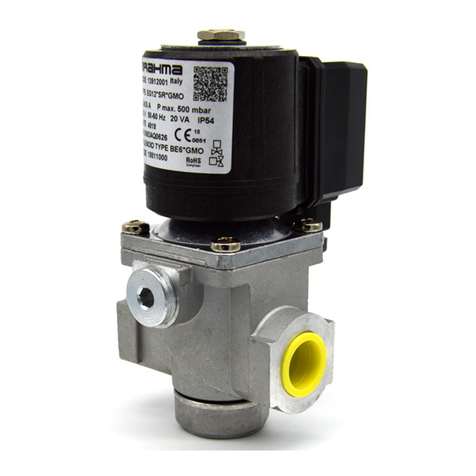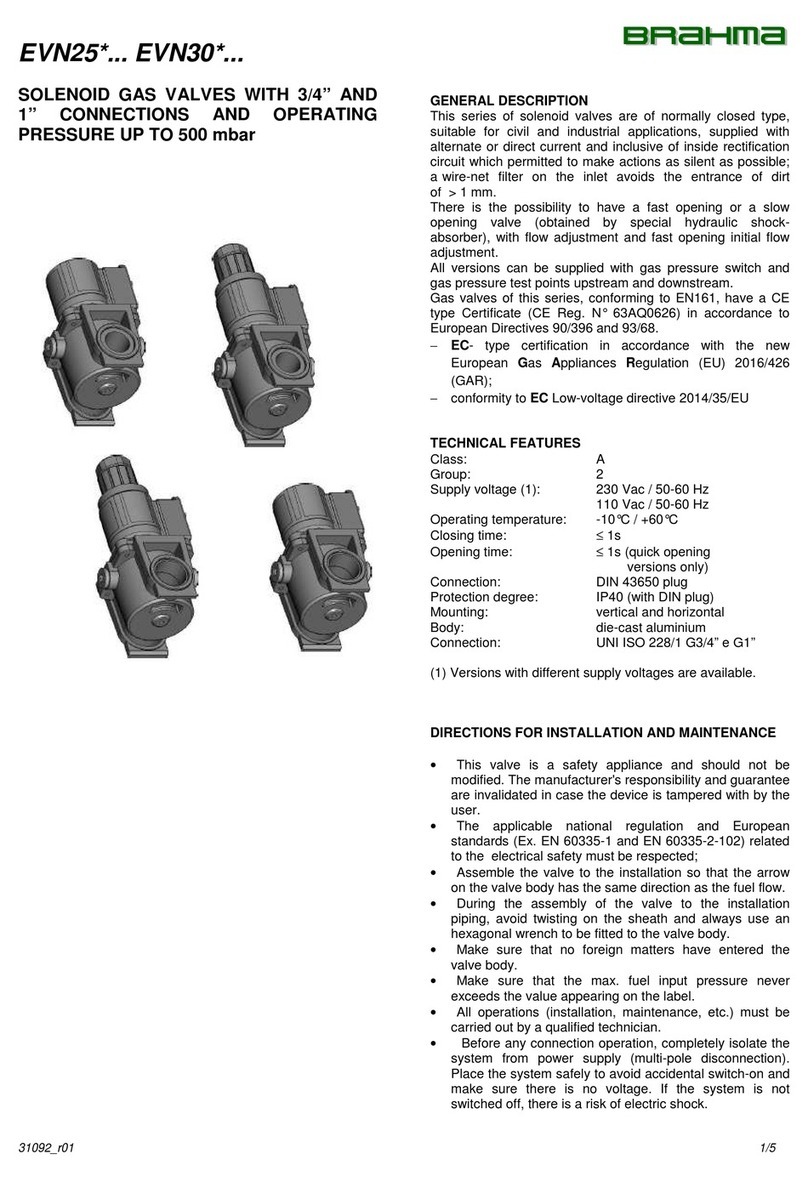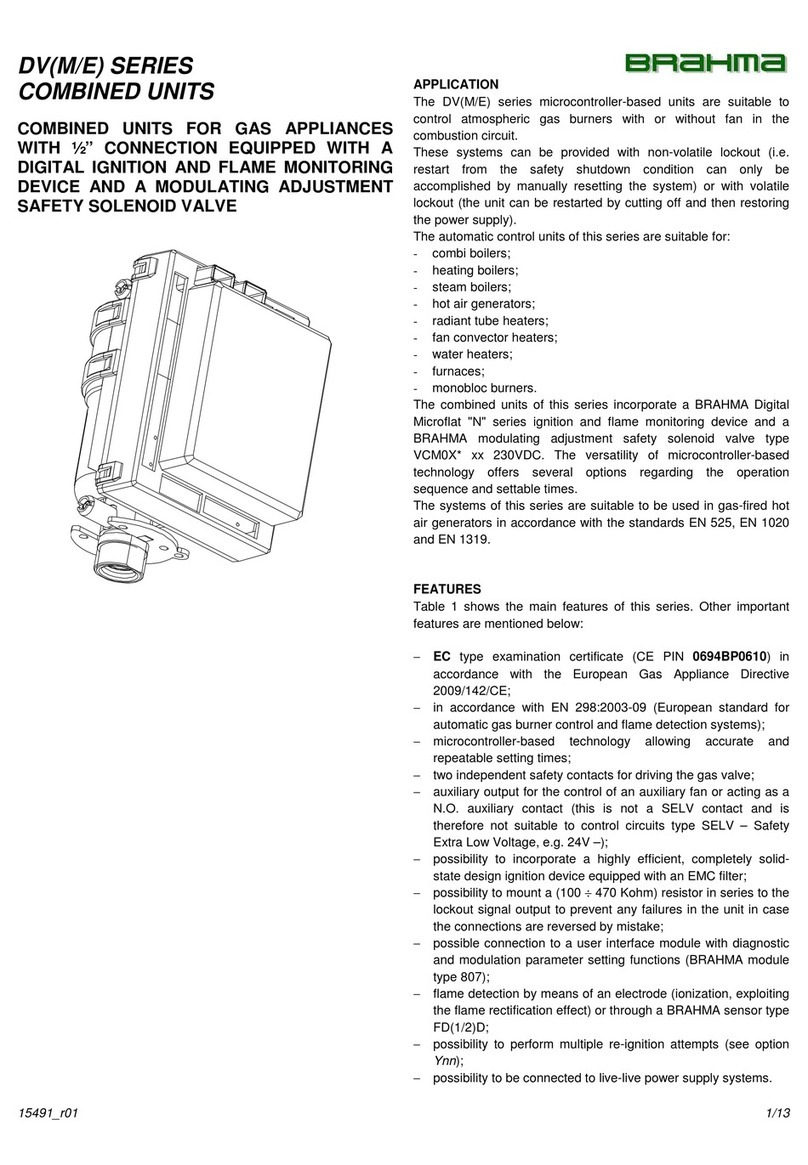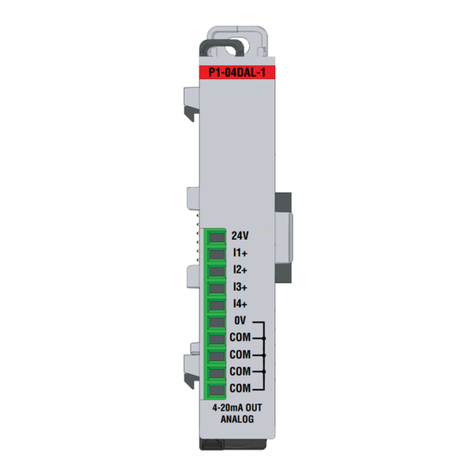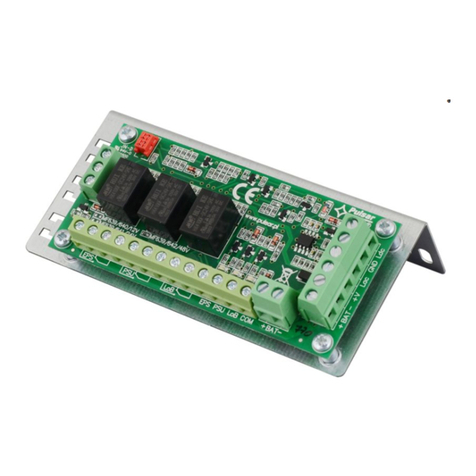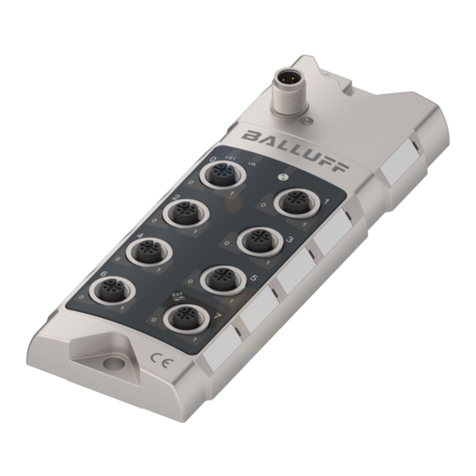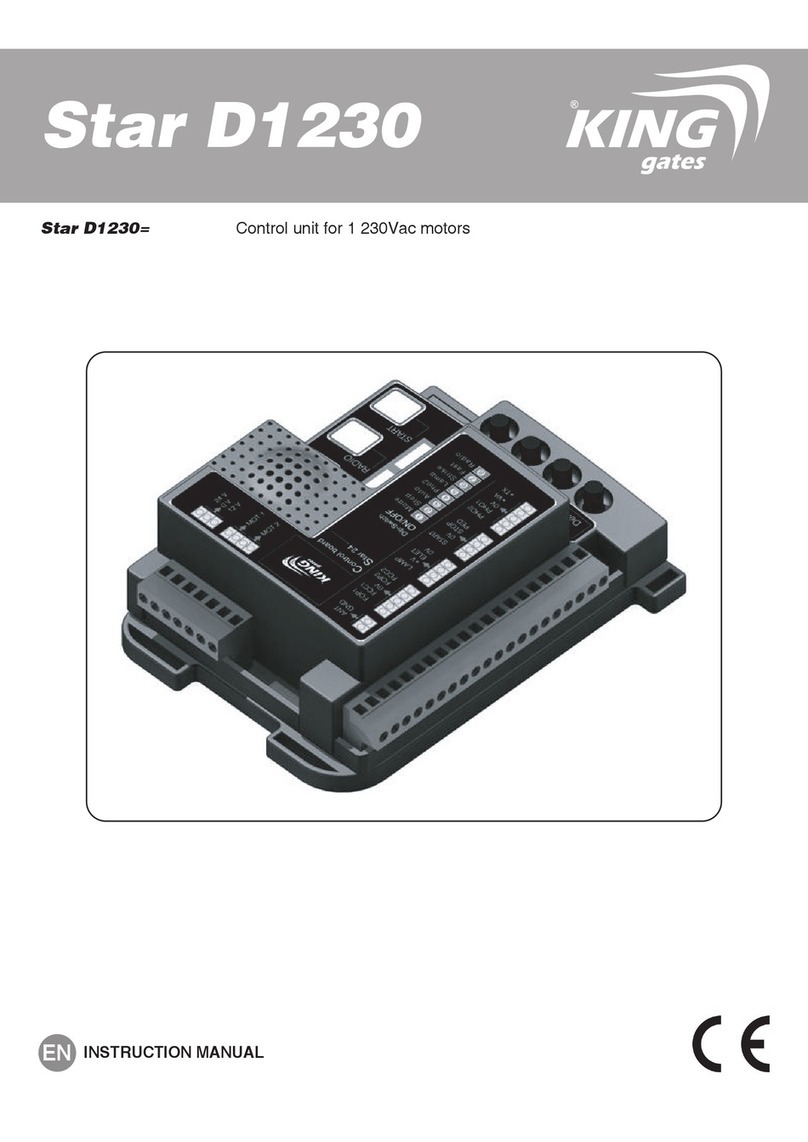
− Live and neutral must be connected correctly; a
mistake could cause a dangerous situation.
− The earth terminal of the control, the metal frame of the
burner, the earth of the ignition transformerand the
earth of the main supply must be well connected.
− Make sure that the discharge of the ignition transformer
does not hit the detection probe.
− The connecting wire of the detection probe must notbe
longerthan 20 m.
− Avoid putting the detection cable close to power or
ignition cables.
− Use aheat resistant cable and detection probe, well
insulated to the ground and protected from humidity or
water in general.
− Always check the control before the first startand also
after any replacement or after along period of non-
operation of the system. In particular make sure that:
− The connections arecorresponding to the scheme
below.
− The intervention of limiters and safety devices causes a
safety shutdown according to the application.
− The level of the flame signal is high enough.
− Ashort circuit between detection probe and burner
casing does not cause any flame simulation.
− In running state,aleakage of the detection probe tothe
ground causes the interruption of the oil flowand the
starting of anewignition cycle in the case of the BV3
and VE3 controls, while it causes alockout in the case
of the SR3 and GV2 controls.
THERMAL TIMERS
The safety time is given by acompensated thermal timer.
The fixed value of 220 V/20°Cdoes notvary of morethan
25% with voltage (-15% +10%) and temperature(-10
+60°C) variations.
The prepurge time is obtained by means of acompensated
thermal timer too; in the controls type SR3and VE3it is
possible to obtain very exact prepurge times even after
frequent and repeated starts of the unit,by exploiting the
bimetal both in the heating and in the cooling stage.
OPERATING CYCLE
When thermostats and gas pressure switch are closed, the
control boxstarts up the burner motor.During this period
the device carries out aself-check; if the check is positive
the cycle continues, and at the end of the prepurge stage
the valve and the ignition transformerare simultaneously
supplied.
During the safety time the flame has to become steady,
otherwise the control effects alockout.Consequently, the
valve and the ignition transformer aredeenergized, while
the lockout signal is supplied.
If a limiterorregulatoris opened, the oil flowis immediately
stopped and the burneris switched off.
The enclosed cycle diagrams are useful for abetter
understanding of the operating cycle of each control box.
Abnormal operation:
- Air flowfailure
SR3 - VE3: in case of failure of the air pressureswitch
the control proceeds to lockout at the end of the
prepurge time.
BV3: in case of failure of the airpressureswitch the
control continues the prepurge stage.
- Parasitic flame
The presence of aparasitic flame signal at start or
during the prepurge time causes alockoutimmediately
or at the end ofthe prepurge time.
Flame failure during operation causes different behaviour,
according to the type of control:
SR3 - GV2: reignition attempt with transformersupply
for amax.period corresponding to the safety time; after
this delay, in case no sparkrestoration occurs, the
control performs a lockout.
VE3 - BV3: repetition of the whole ignition cycle.
RESET OF THE CONTROL
To reset the control after alockout,act on the button after
waiting for the restoration ofthe lockout thermal, which
usually takes about 20 seconds.
ELECTRIC SCHEME SYMBOLS
BF: postpurge and lockout thermal BRF: flame detection relay
BRM: operation relay BRR: repetition cycle relay
ER: detection probe EV: gas valve
M: burner casing MB: burner motor
PA: air pressure switch PG: gas pressure switch
SB: lockout signal TA: ambient thermostat
TC: boiler thermostat TP: thermalprogrammer
TR: ignition transformer
ELECTRIC SCHEME SR3
LIVE
NEUTRAL
FLAME
DETECTION
CIRCUIT
ELECTRIC SCHEME GV2
LIVE
FLAME
DETECTION
CIRCUIT
NEUTRAL
ELECTRIC SCHEME VE3
LIVE
FLAME
DETECTION
CIRCUIT
NEUTRAL
4009_r00




